Analytics Blog

5 Digital Personalization Trends to Know for 2021
Of the many surprises the pandemic brought on us in 2020, the need to prioritize the digital customer experience as part of a digital transformation strategy has been pushed front and center for businesses. Heading into 2021, we fully expect this to continue post-COVID. A core aspect of the digital customer experience that we see being a big factor this coming year is website personalization. Here are the digital personalization trends you should be aware of to help your organization gain a competitive advantage in 2021.
1. Increasing Adoption of AI/Machine Learning to Scale Personalization
Artificial intelligence (AI) and machine learning are not newcomers when considering their applicability to the digital customer experience. Organizations have already found ways to leverage AI in their personalization efforts, such as the popular use case of showing product recommendations based on previous customer data.
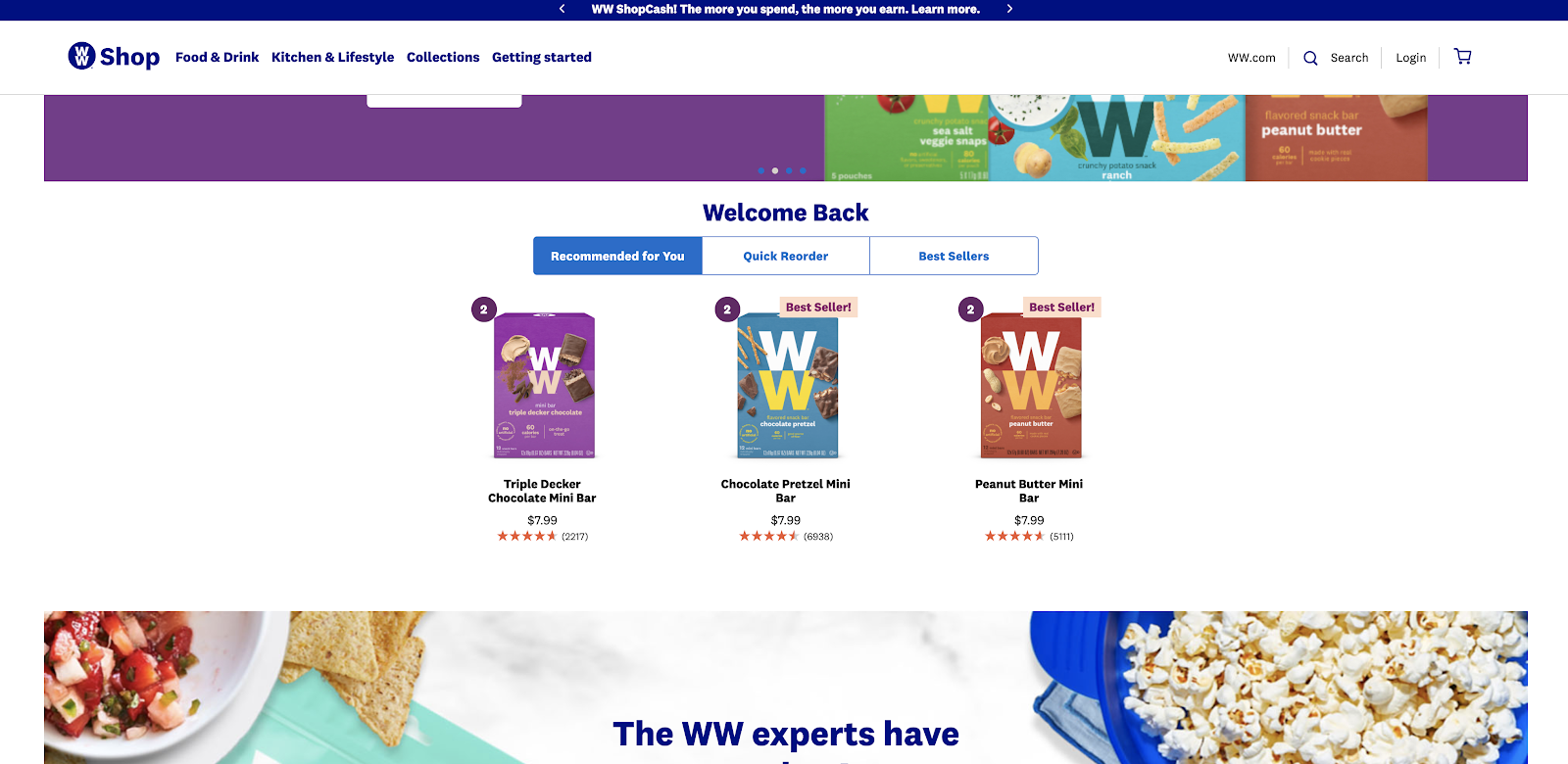
In 2021, more and more companies will scale their digital personalization efforts with AI and machine learning. Moreover, we expect organizations to find innovative ways to leverage AI and further optimize the digital customer experience beyond the traditional use cases. With that, organizations will likely look at how AI and machine learning can be used to give customers even greater control of how they engage for example, by utilizing visual AI to power robust visual site search capabilities.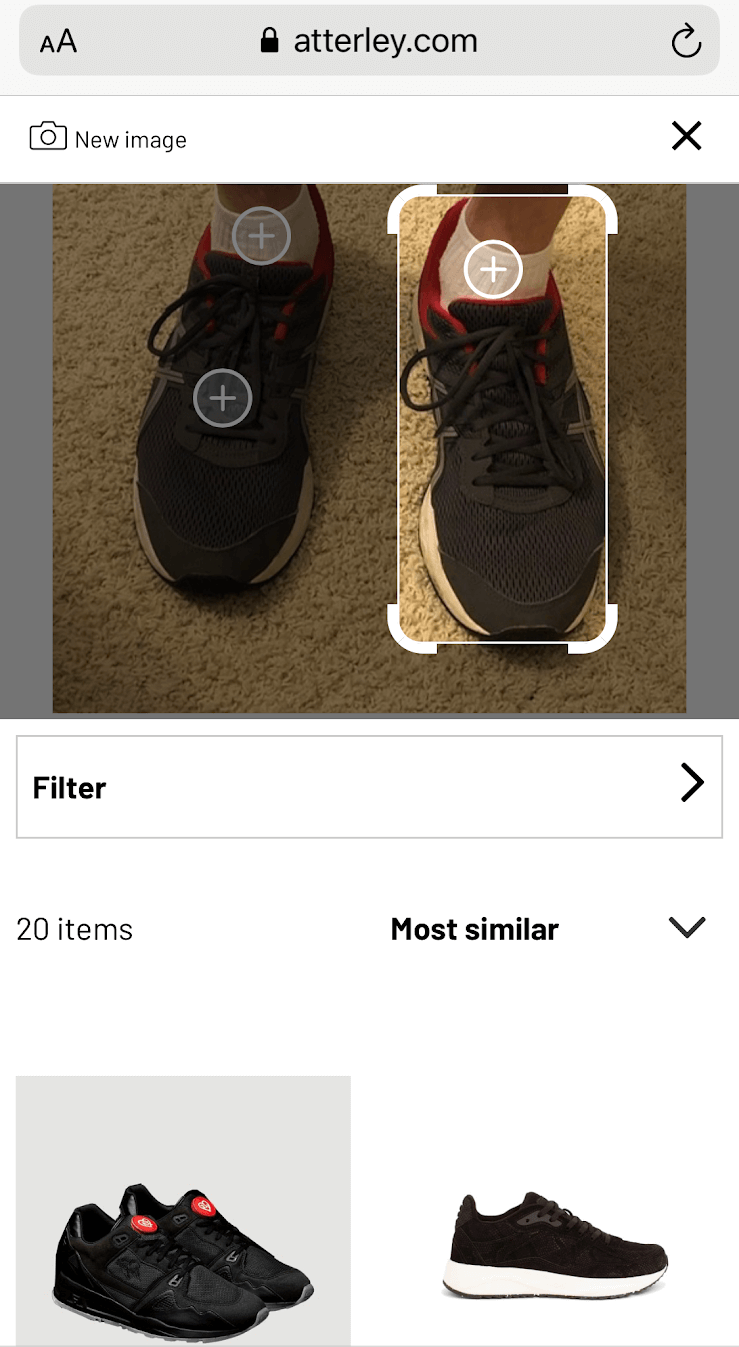
To gain a competitive advantage, it’s not about meeting customer expectations, but instead, it’s about getting ahead and anticipating their needs. As such, we expect another digital personalization trend to be an increased focus on predictive personalization. If you’re relatively new to this, the good news is that platforms such as Adobe Target make it easier to get started. For example, you can try out predictive personalization for your digital customer experience by leveraging Adobe Target’s Auto Personalization and Auto Target activities.
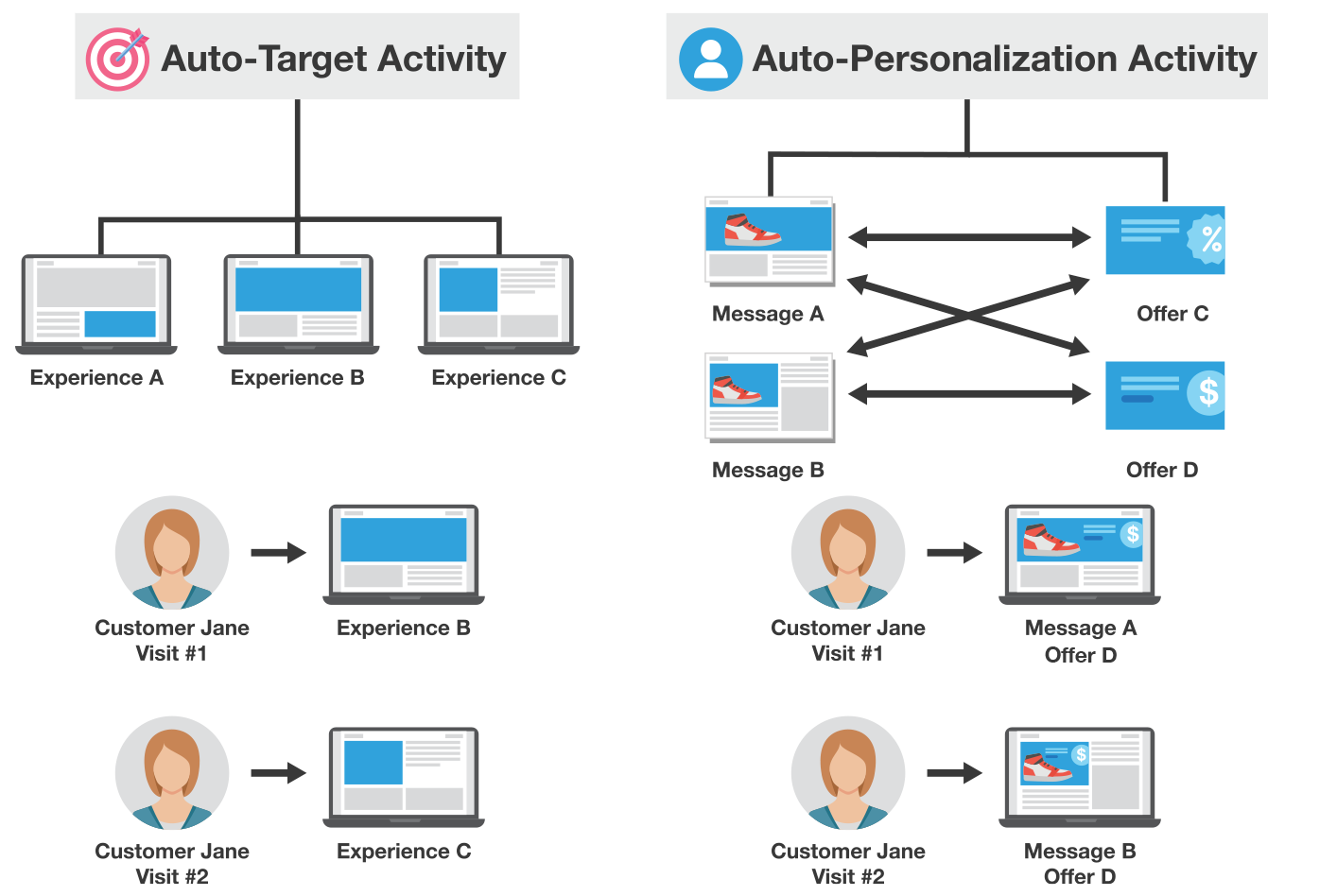
With all of the conversation focused around AI and machine learning, this isn’t to say that rule-based personalization is going away. However, we expect the overall theme of 2021 trends in personalization will be about continuing to look for efficient methods of scaling and growing digital personalization efforts that further enhance the customer experience.
2. Prioritize Customer Loyalty to Maintain a Competitive Advantage
These days, all it takes is one bad experience for a customer to abandon your brand. Stakeholders are increasingly aware of this risk. As a result, we expect personalization will serve as a core capability to help compete for customer loyalty in the upcoming year. Now when thinking about this, you may need to consider expanding beyond simply offering rewards or discounts. Specifically, companies who use personalization to help close the “empathy gap” with their customers will likely be the most successful at winning and maintaining customer loyalty in 2021.
Companies who use personalization to help close the ’empathy gap’ with their customers will likely be the most successful at winning and maintaining customer loyalty in 2021. Click & Tweet!
To close the “empathy gap,” you’ll need to listen to your customers’ likes and dislikes and, more importantly, use this understanding to serve them accordingly. Incorporating insights from your Voice of Customer efforts will be invaluable here.
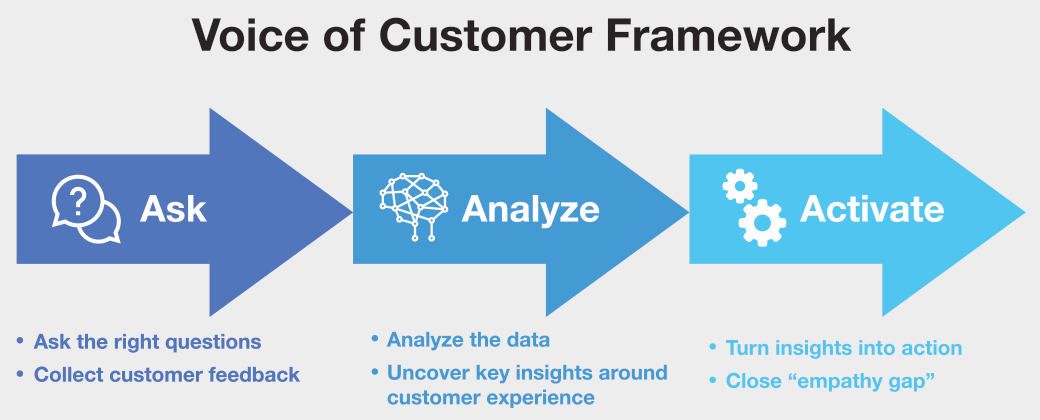
Additionally, with the increased focus on the digital customer experience, we expect more stakeholders to measure customer loyalty as a key performance indicator (KPI) for their business alongside other typical KPIs, such as transactions and revenue. Therefore, you’ll want to consider measuring customer loyalty as an outcome for your personalization efforts.
3. Need to Reinforce Customer Trust by Balancing Personalization with Increased Data Privacy Restrictions
In the upcoming year, there’ll be continued maneuvering around the changing data privacy landscape. We expect to see increasing browser privacy restrictions building off of changes we witnessed in 2020, including Apple’s most recent Intelligent Tracking Prevention update, which impacts the CNAME cloaking workaround.
With Joe Biden elected as President, data privacy will likely be a high priority, with an interest in putting control back in users’ hands. The potential for federal legislation regulating data privacy will likely depend on which party controls the Senate. Even if not at the federal level, there’s potential for more regulations at the state level, similar to the recent updates to the California Privacy Rights Act, as well as internationally, that your team will need to take into account.
Moreover, with the digital personalization trend towards giving users more control of their data, you may need to consider transitioning from an opt-out to a more direct opt-in approach to reinforce customer trust. To be successful in personalization, it’ll be essential to strike the right balance between delighting users with a relevant customer experience while maintaining their trust. The key here will be to stay in the know about changing data privacy regulations to give your team enough time to react and adapt your personalization efforts as needed.
To be successful in personalization, it’ll be essential to strike the right balance between delighting users with a relevant customer experience while maintaining their trust. Click & Tweet!
4. Breaking Down Silos to Achieve Omnichannel Delivery
At a high level, we expect businesses to focus on reducing data silos. As such, they’ll look for opportunities to consolidate technology. Considering the current popularity around customer data platforms (CDPs), it’s no surprise that successfully implementing a CDP will continue to be the goal for many organizations to achieve that 360-degree view of the customer. As part of this, we expect more teams to execute omnichannel personalization use cases involving a CDP.
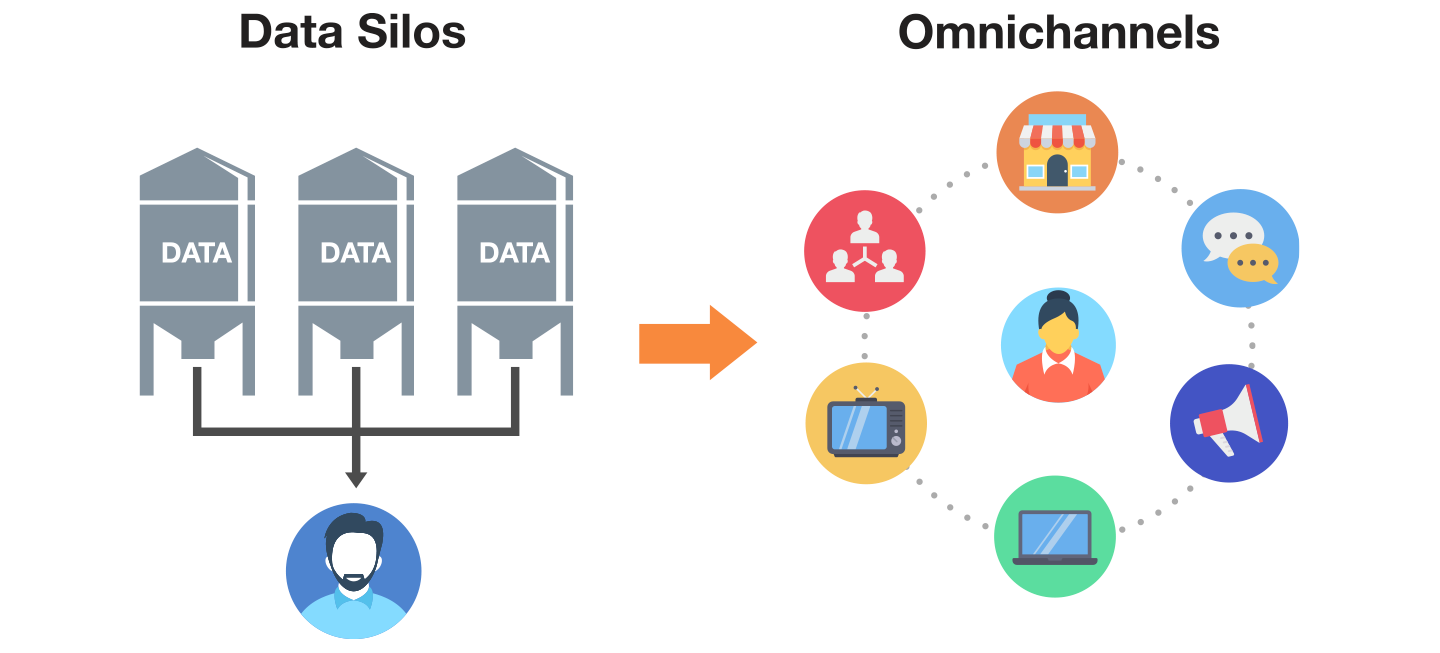
Aware of this interest in consolidating the tech stack, popular technologies that organizations typically use for optimization may look for opportunities to merge or partner up. Doing so enables them to offer businesses more robust capabilities that support the digital customer experience (Episerver acquiring OptimizelyX is one example). However, we’ve also seen organizations express apprehension regarding such mergers and partnerships. Instead, a trend in personalization may be stakeholders using this as an opportunity to evaluate other technologies that would be best to execute their digital personalization roadmap.
5. Failure to Create a Digital Personalization Strategy will Continue to Hinder Success
One of the main reasons organizations have struggled with their personalization efforts is that they lack a true digital personalization strategy. We expect this to continue to be a challenging digital personalization trend. A solid digital personalization strategy is fueled by data and is hyper-focused on the customer, meaning that personalization speaks to the customer’s actual needs and desires.
A solid digital personalization strategy is fueled by data and is hyper-focused on the customer, meaning that personalization speaks to the customer’s actual needs and desires. Click & Tweet!
So why will this continue to be a challenging trend in personalization?
First, it’s easy for teams to get distracted from pursuing a data-driven approach and instead chase after the newest shiny toy in the industry. The problem here is that if you don’t focus on your customers’ actual needs and desires, as informed by the data, your personalization efforts are at risk of not delivering real value to the business in the long run.
In addition, even when businesses want to adopt a data-driven digital personalization strategy, it can be challenging to put into practice. Often, this requires having resources that have the expertise to analyze and, more importantly, synthesize various types of customer data to uncover insights that will drive the personalization strategy.
How Should You Prepare for Digital Personalization Trends in 2021?
There are still uncertainties about how users’ online behavior will change post-COVID. During this time, we recommend leaning heavily on your experimentation efforts to stay on top of how engagement with your digital customer experience evolves. Given this uncertainty, organizations will likely realize that their digital transformation should prioritize efforts to personalize the digital experience in a manner that gets ahead of their customer’s needs.
Doing so will strengthen customer loyalty and ultimately allow businesses to gain a competitive advantage.
If you don’t already have a digital personalization strategy in place, we recommend making it a top priority for the beginning of 2021. If you already have a personalization strategy in place, you’ll want to ensure that your team is prepared for and can adapt this strategy to the changing data privacy landscape. Blast is here to help organizations that are looking for a strategic partner to help drive their digital personalization strategy forward in 2021.








